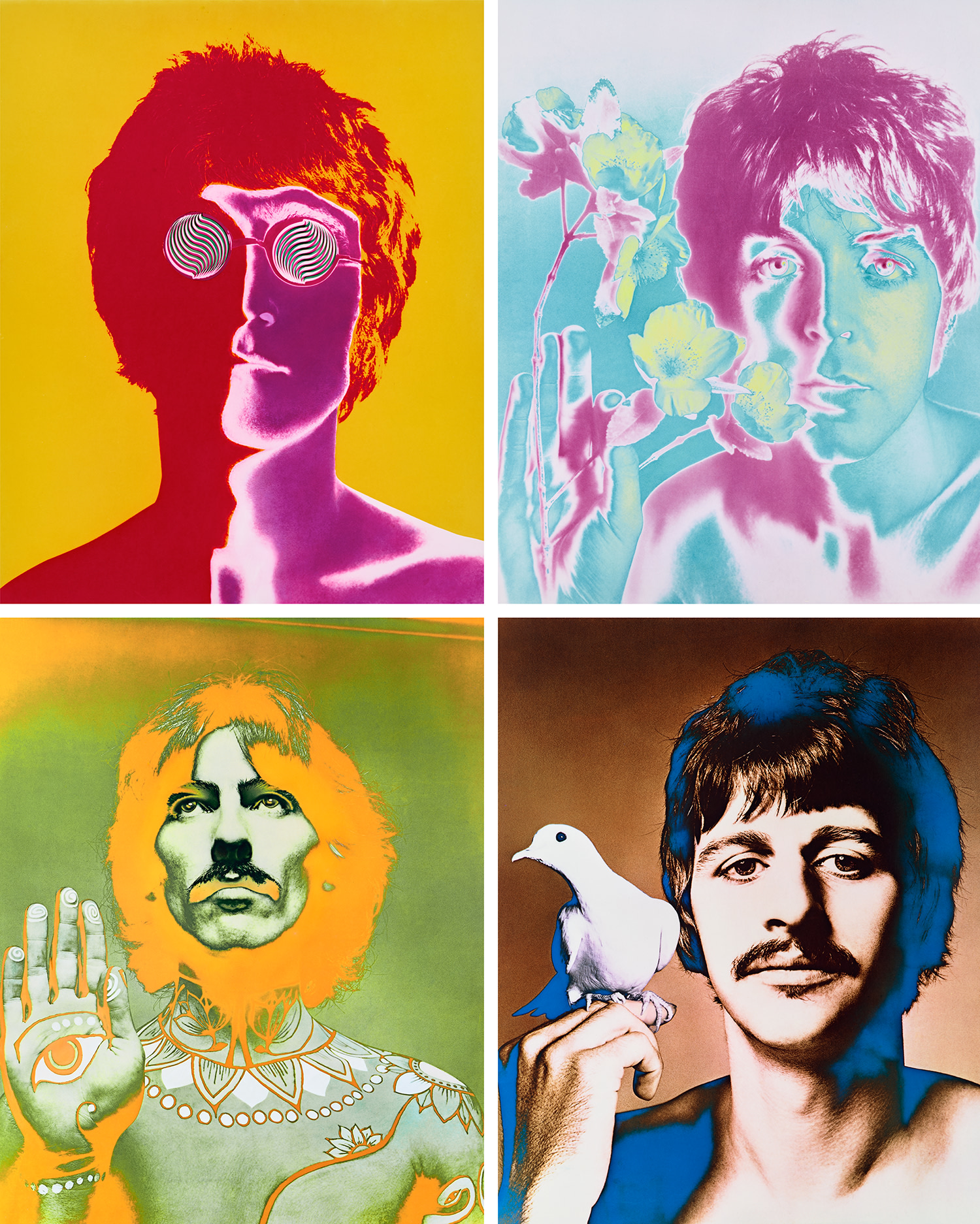
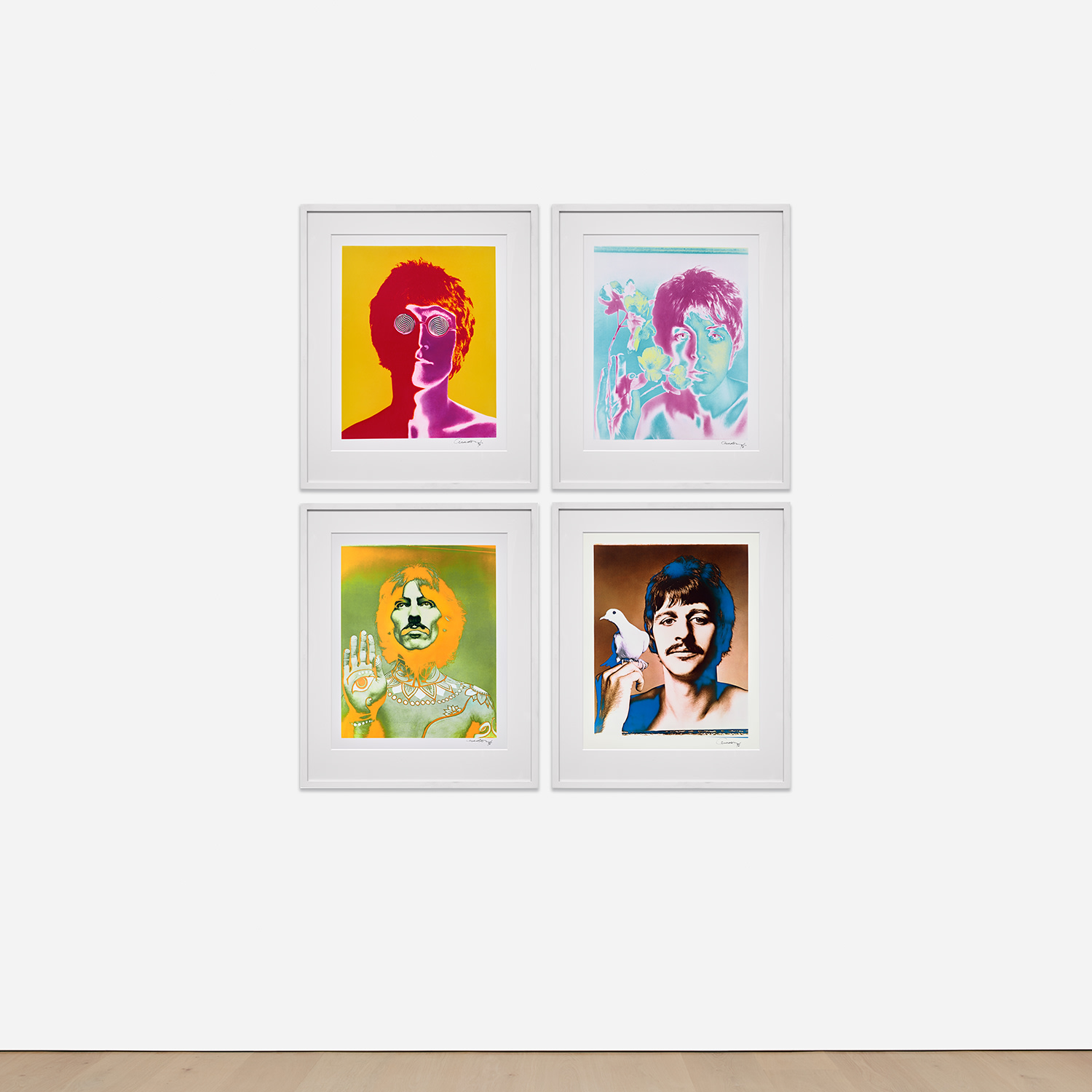

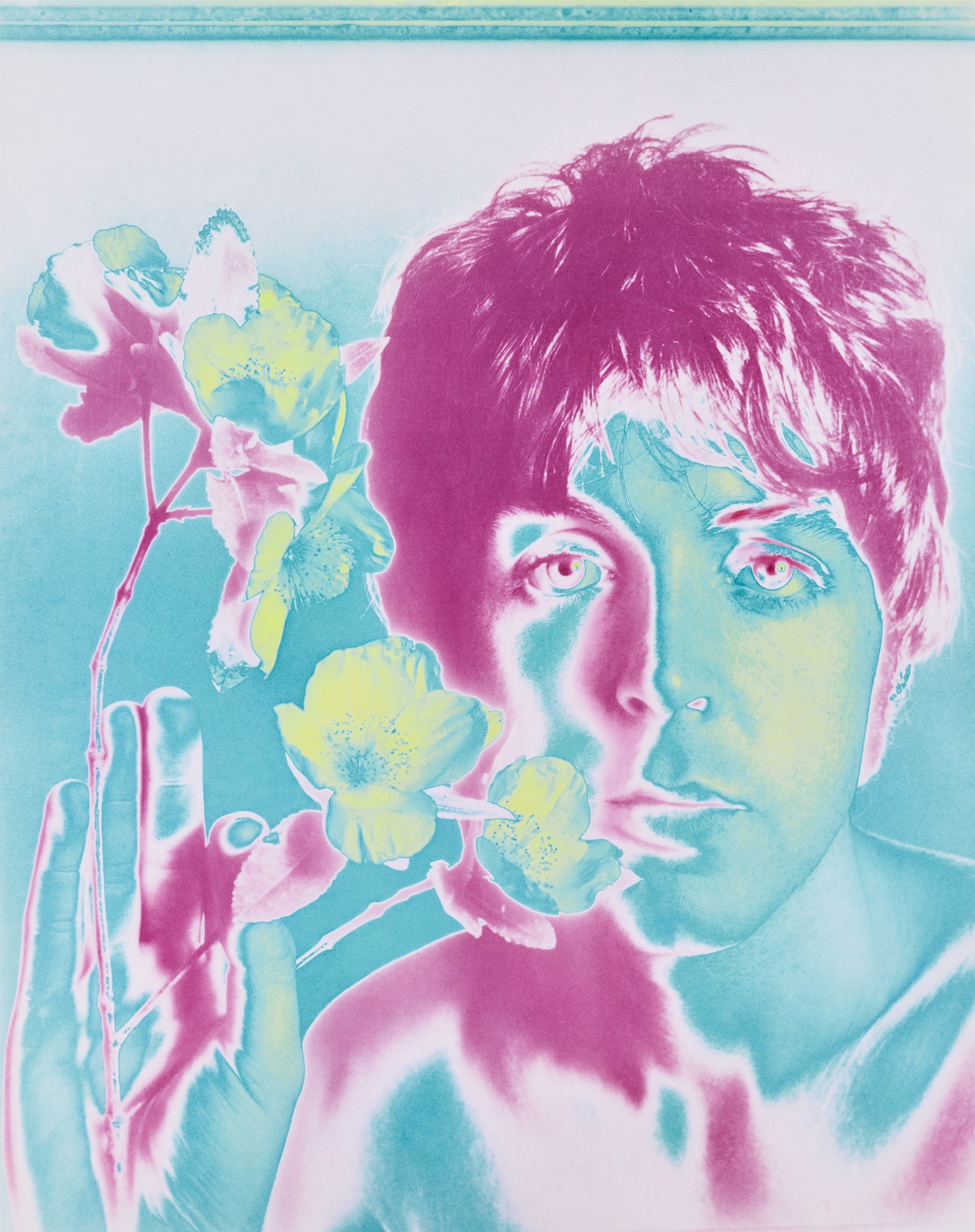
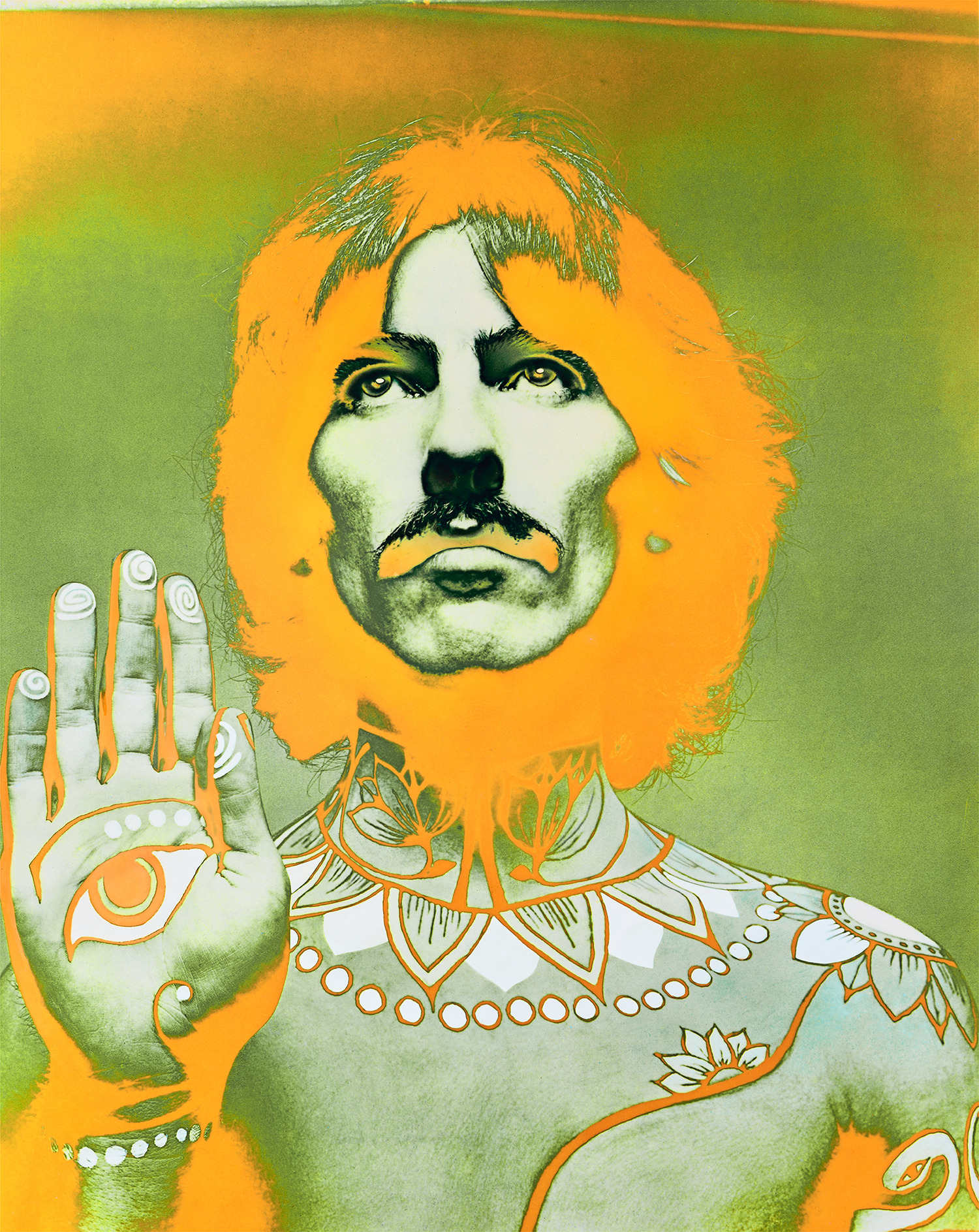
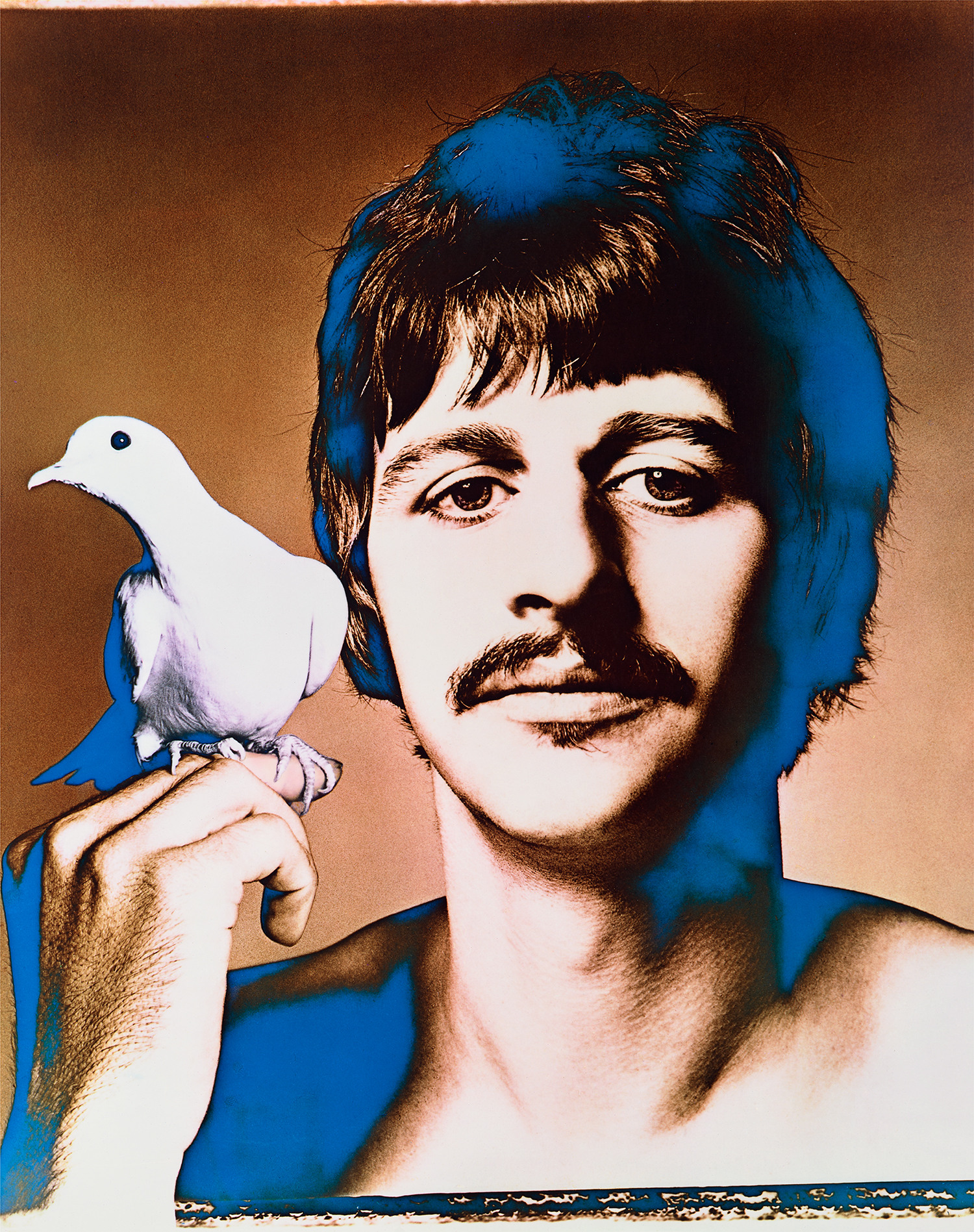






64Ο◆
Richard Avedon
The Beatles Portfolio: John Lennon, Ringo Starr, George Harrison and Paul McCartney, London
This work is number 5 from the edition of 6 + 3 APs. As of this writing, the other sets from the edition are all held in various collections.
Further Details
Full-Cataloguing
Richard Avedon
American | B. 1923 D. 2004From the inception of Richard Avedon's career, first at Harper's Bazaar and later at Vogue, Avedon challenged the norms for editorial photography. His fashion work gained recognition for its seemingly effortless and bursting energy, while his portraits were celebrated for their succinct eloquence. "I am always stimulated by people," Avedon has said, "almost never by ideas."
Indeed, as seen in his portraits — whether of famed movie stars or everyday people — the challenge for Avedon was conveying the essence of his subjects. His iconic images were usually taken on an 8 x 10 inch camera in his studio with a plain white background and strobe lighting, creating his signature minimalist style. Avedon viewed the making and production of photographs as a performance similar to literature and drama, creating portraits that are simultaneously intensely clear, yet deeply mysterious.